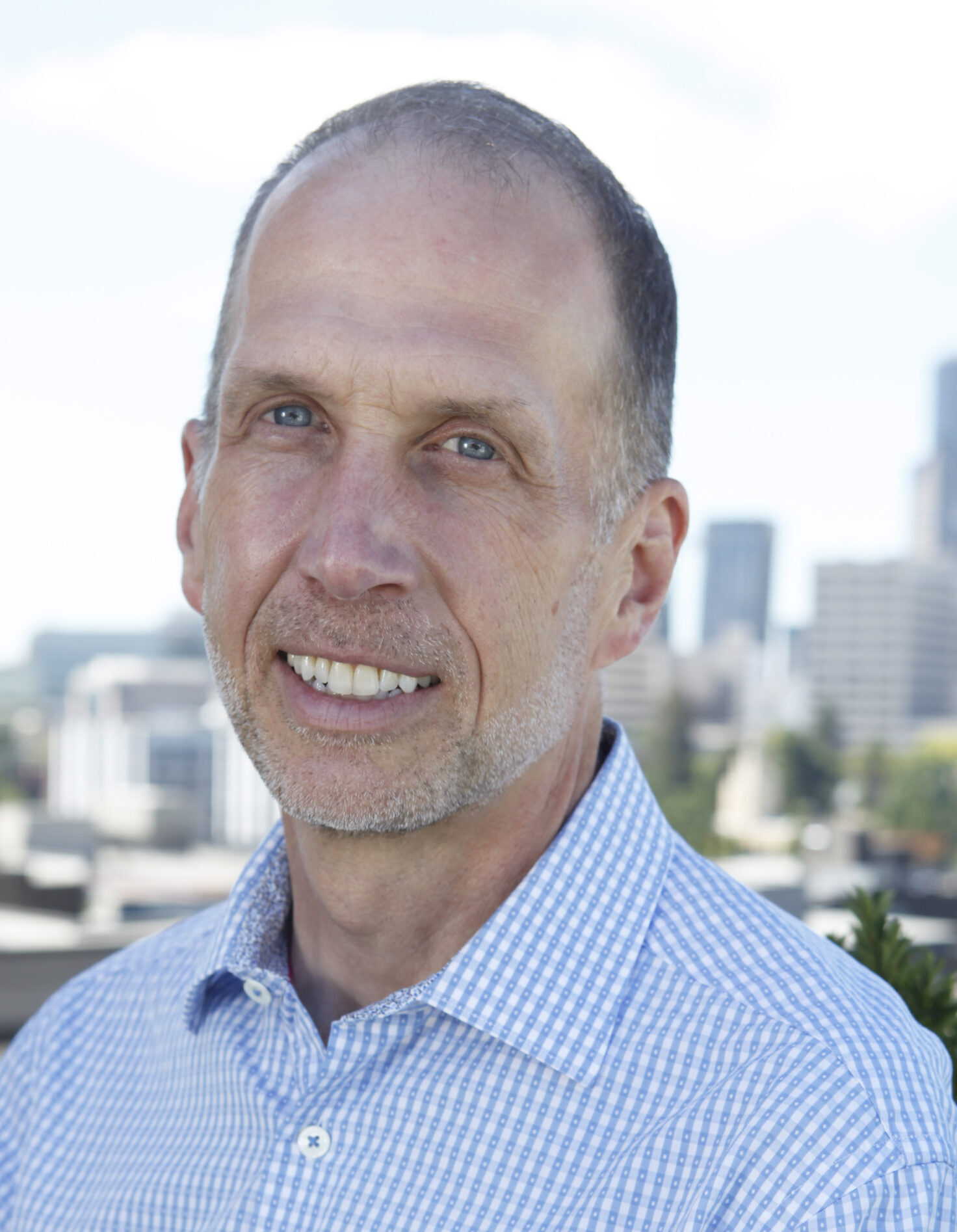Most physical health trends have improved over the past half century. But mental health trends have diverged radically, according to this article (pdf) (Summarized in my previous post.)
For reasons that no one really understands (social isolation? pollution? competitive individualism? media saturation? secularism? modern conveniences?), as societies around the world have grown richer at a galloping pace, their mental health has plummeted. Depression rates in the United States have climbed perhaps tenfold in the span of 50 years, and the incidence of anxiety disorders has also skyrocketed. Authors Ed Diener and Martin Seligman write, “the average American child in the 1980s reported greater anxiety than the average child receiving psychiatric treatment in the 1950s.” Mental illness is striking at earlier ages, as well. The average age of depression’s first onset is now in the already-vulnerable adolescent years.
Mental illness is now epidemic in the United States. Roughly one sixth of Americans suffer from clinical depression, an anxiety disorder, or another mental illness during any given month. Over a year, the figure rises to almost half of the adult population. (For comparison, roughly one third of American adults suffer obesity; roughly one quarter smoke.) Measured by the number of years of normal daily life ruined by various diseases (“quality-of-life-adjusted life expectancy,” the specialists call it), depression is on a trajectory to become the worst health problem in industrial countries by 2020.
The trend is not a fluke of better reporting; psychologists have designed their methods to prevent such biases. And cross-cultural comparisons underline how real this mental-illness upsurge has been among the affluent. Consider the case of the Old Order Amish: An ultraconversative sect living in Lancaster County, Pennsylvania, the 8,000 Amish forgo electricity and motorized transportation. They travel by horse and buggy, live the life of pre-mechanized farmers, and avoid most other amenities of industrialism. (Think of PBS’s “Pioneer House” or the children’s book Little House on the Prairie and you’ll get the picture.) It’s a hard life, but it’s not hard on their spirits: The Amish suffer somewhere between one-tenth and one-fifth as much depression as the “normal” Americans who dwell among and around them.
I’m not aware of Cascadia-specific mental-health data, but I’m chagrined to admit I’ve never looked. If anyone can assemble a reliable summary of regional trends, I’ll post your name in lights.







